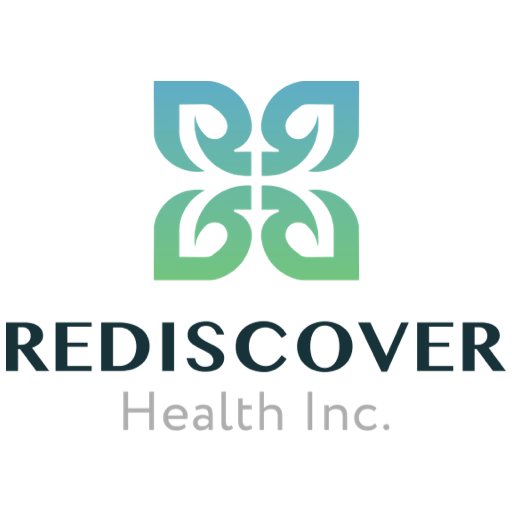
Your shopping bag is empty
Go to the shop
|
Choline is a semi-essential nutrient with a recommended adequate intake (AI) from the Institute of Medicine of 425mg/550mg per day (for females/males, respectively).47 Many people fail to obtain adequate amounts of choline,40 and endogenous synthesis (from phosphatidylethanolamine) is limited. Aging, genetic polymorphisms and estrogen deficiency may increase the demand for choline even above the AI.43-46 Glycerophosphocholine (GPC, also known as L-alpha-glycerylphosphorylcholine or choline alfoscerate) is a naturally occurring source of choline contained in small amounts in various foods (including mother’s milk) and in all human cells. GPC is a watersoluble molecule and has been proven to be a more clinically effective source of choline compared to choline or phosphatidylcholine (PC) from diet or supplements.9,22-25 Oral GPC is well absorbed and is cleaved inside enterocytes into glycerol-1-phosphate and choline. Following GPC ingestion, the plasma level of choline rises rapidly and remains elevated for up to ten hours. A high plasma concentration gradient of choline stimulates its transport through the blood brain barrier with high efficiency. This increases choline reserves inside neurons, where it is used for synthesis of PC and acetylcholine.1, 22-25 RESEARCH HAS DEMONSTRATED THE FOLLOWING POTENTIAL EFFECTS OF GPC: Brain Function
• Supports natural growth hormone production in the young and elderly8,27,28,55 • Supports optimal fat oxidation,55 muscle strength26,28 and reaction time51,52 Brain Health • Supports the natural recovery process of the brain, which may be beneficial after stroke,5-7 cranial injury56 and anesthesia (pre- and post-surgery)39
Designs for Health and logo are trademarks of Designs for Health, Inc.© 2020 Designs for Health, Inc. All rights reserved. |
|
877.414.9388 • DESIGNSFORHEALTH.CA • CANADAORDERS@DESIGNSFORHEALTH.COM |
FUNCTIONS OF CHOLINE IN HUMAN METABOLISM
Building block for ACh and stimulator of its synthesis and secretion
• ACh is a neurotransmitter in the brain and signal transducer in the rest of the body essential for muscle contraction, skin
tone, GI motility and other tissue functions. Unlike choline/PC provided through diet or supplements, GPC supplementation was shown to have a significant stimulatory effect on ACh synthesis and its release from cholinergic cells.22-25 One study found that GPC supplementation in rats resulted in approximately 123% higher content of ACh in the frontal cortex compared to controls.31 The dose employed was equivalent to a human dose of 24mg/kg body weight, which translates to a daily dose of 1200mg for a 50kg human.
GPC supplementation may result in enhanced cholinergic signaling from neurons and likely other cells that produce ACh. This is especially beneficial when the number and effective functioning of cholinergic neurons are diminished due to normal aging or various degenerative processes. GPC supplementation has the potential to partially compensate for these impairments because it produces a fast rise in plasma choline, which creates a powerful substrate mass action on enzymes and transporters in these pathways.24
Building block for phosphatidylcholine (PC)
• The choline derived from GPC supplementation is partially used for PC synthesis.24 PC belongs to the class of phospholipids, which are essential components of cell and mitochondrial membranes. The ability of GPC supplementation to help support the recovery from stroke,5-7 as well as to counteract the age-dependent reduction of nerve cells or number of ACh receptors in the brain,49,50 serve as additional evidence for its contribution to neuronal membrane maintenance through PC synthesis.
Formation of sphingomyelin
• Sphingomyelin is a building block for the myelin that covers and insulates neurons and nerves.22-25 Thus, GPC supplementation may be useful in any condition with increased need for an optimal myelin repair process.
Fat transport in and out of cells
• PC is required for the synthesis and secretion of VLDL particles. Triglycerides exit the liver inside VLDL particles, which explains why choline deficiency increases the risk of developing fatty liver.43-46 PC can be obtained from food sources or supplements; however, the PC used in phospholipids and lipoproteins is not derived directly from ingested or pre-formed PC. It is synthesized from various choline precursors, including GPC, so taking in PC is not necessarily the most effective way to increase the body’s pool of PC.
Supports sperm motility
• GPC is a key factor in the attachment of DHA (docosahexaenoic acid) to make PC-DHA. The DHA-PC complex is used in highly active cell types, such as retinal light-sensing cells and sperm cells. DHA-PC increases membrane fluidity, which is crucial for healthy sperm function. Semen contains a high concentration of GPC; the epididymal cells that nurture sperm cells draw from a pool of GPC to synthesize PC-DHA. Lower levels of GPC and PC-DHA in the semen may increase risk for reduced sperm motility.1,57
Comparison between GPC and acetyl-L-carnitine (ALCAR)
• In a study of patients with advanced Alzheimer’s disease, GPC produced more significant improvements in most neuro-psychological parameters compared to ALCAR.16 While both compounds support increased production of acetylcholine, it is conceivable that there could be synergy between supplementation with both these compounds since GPC provides the choline while ALCAR provides the acetyl component for ACh synthesis.
Consider using GPC along with other Designs for Health products formulated to support brain and nerve function such as Brain VitaleTM, OmegAvailTM Ultra DHA, Acetyl-L-Carnitine, and Mitochondrial NRGTM.
Medicinal Ingredients (2 ml - approx. 2 droppers full):
Glycerophosphocholine (Choline alfoscerate from sunflower lecithin) ....................................................................................... 600 mg Non-Medicinal Ingredients: Vegetable glycerine, deionized water. Recommended Dose: Adults: Take 2 ml per day, or as directed by your health care practitioner.










